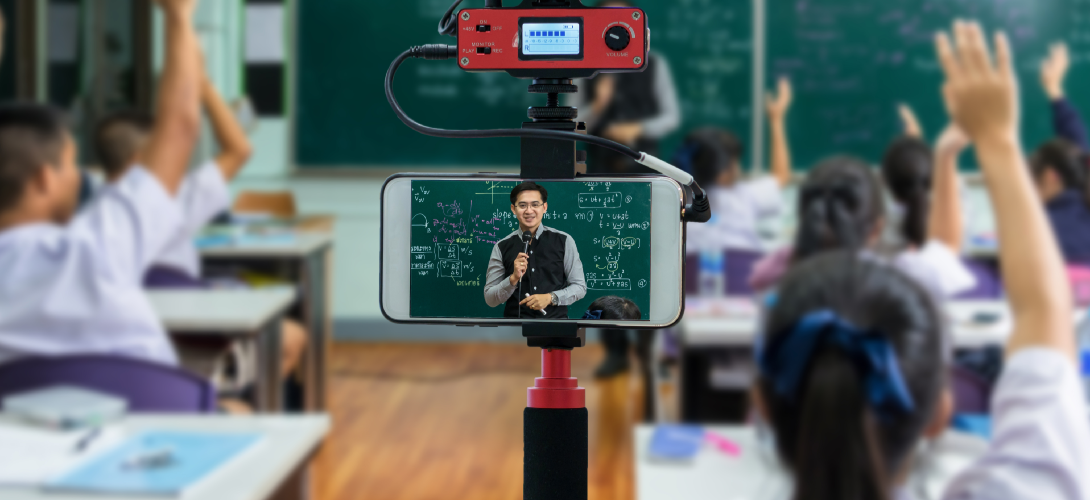Move over, Valentine’s Day; we’ve got a new favorite February holiday—Digital Learning Day. Since 2012, February 27th has been set aside to recognize and share new teaching practices and instructional programs designed to improve student outcomes. To celebrate this special occasion, we’re taking a look at some trends in technology and education, and how access to broadband is rapidly becoming the backbone of learning for students of all ages.
Creating Smarter Classrooms
Gone are the days of the overhead projector. Today, smart classrooms are all the rage, garnering a $50+ billion market. But what exactly is a smart classroom?
In a nutshell, a smart classroom is equipped with connected tech, from interactive whiteboards to computers and mobile devices. Some students might even find themselves with access to 3-D printers or robotics tools. There’s no single way to outfit a smart classroom; in fact, the whole point is flexibility. For instance, tablets with learning apps can be carried throughout the school—or even outside—to help teachers design lessons that encourage exploration and deeper engagement.
Building Bridges Between Home and School

In addition to smart classrooms, schools are using online tools as a key way to bridge the gap between school and home—including homework and communication with parents or guardians. There’s a lot of potential built into these initiatives—from granting students greater access to research and assignments to making grades immediately accessible.
The Federal Communications Commission (FCC) has been researching and reporting on this issue since 2009 and, thankfully, the exposure has resulted in a number of public-private initiatives that are making progress. In Alaska, for instance, video conferencing has allowed schools districts to make great strides in connecting students in communities that aren’t just remote, but also have environments that make building infrastructure difficult. Thanks to efforts by service provider, GCI, who was the first to invest in rural Alaska, schools have become a critical source of internet connection, empowering students with access to quality education.
Enabling Personal Development

Lifetime learning no longer requires that you drive to a local university or community college campus after work. Today, many accredited, brick-and-mortar colleges offer hybrid or online learning opportunities for bachelor’s, master’s, and even doctoral degrees. More and more, students are taking advantage of these remote, online learning opportunities. According to new federal data, 34.7% of students took at least one online course in 2018, and more than one in six students are now enrolled in exclusively online degree programs.
In addition, many professionals no longer need to enrolling a degree program to level up their career—just a crash course in a particular software package, language, or process. Platforms like Udemy, Lynda.com, and LinkedIn Learning are just a few of the sites that offer instruction and development in both personal and professional skills.
Connecting the Dots
It takes broadband to make all of these digital learning opportunities possible. From the number of users in schools, to the speeds needed to take a timed-online test, high-speed internet has become a crucial part of education today. Lag times or user limits can bring smart classrooms to a halt, reducing opportunities for students to thrive. When there is enough bandwidth, however, connecting all of the tech makes for seamless and simple learning experiences.
The bad news is that rural America lags behind in education—which is closely tied to prosperity, thanks to the increasingly digital economy. The good news is that there’s growing attention to, and momentum around, both digital learning and broadband adoption. And there are increasing opportunities to make a positive impact. Learn more and get involved in the effort to fuel connectivity and education for everyone.

